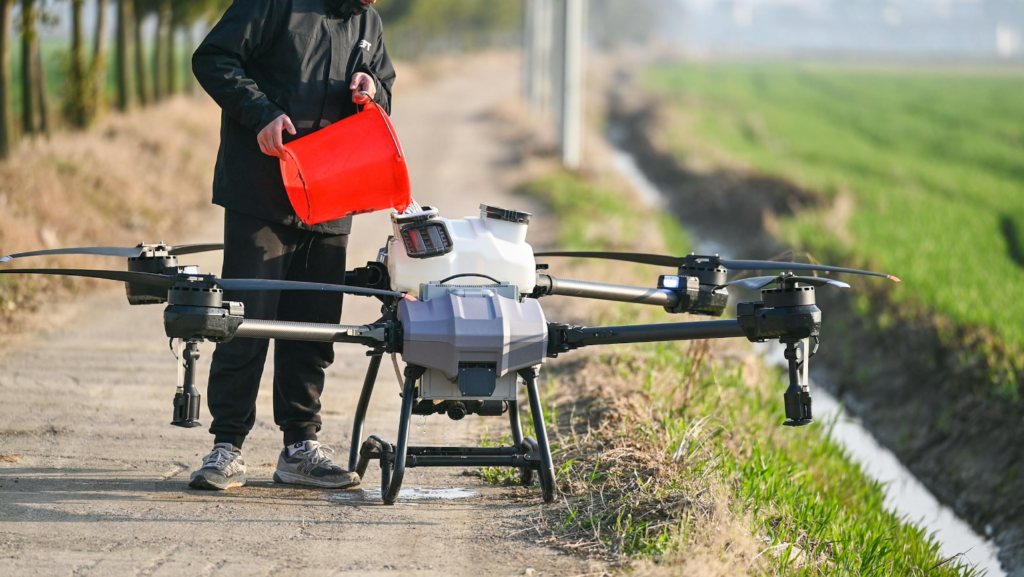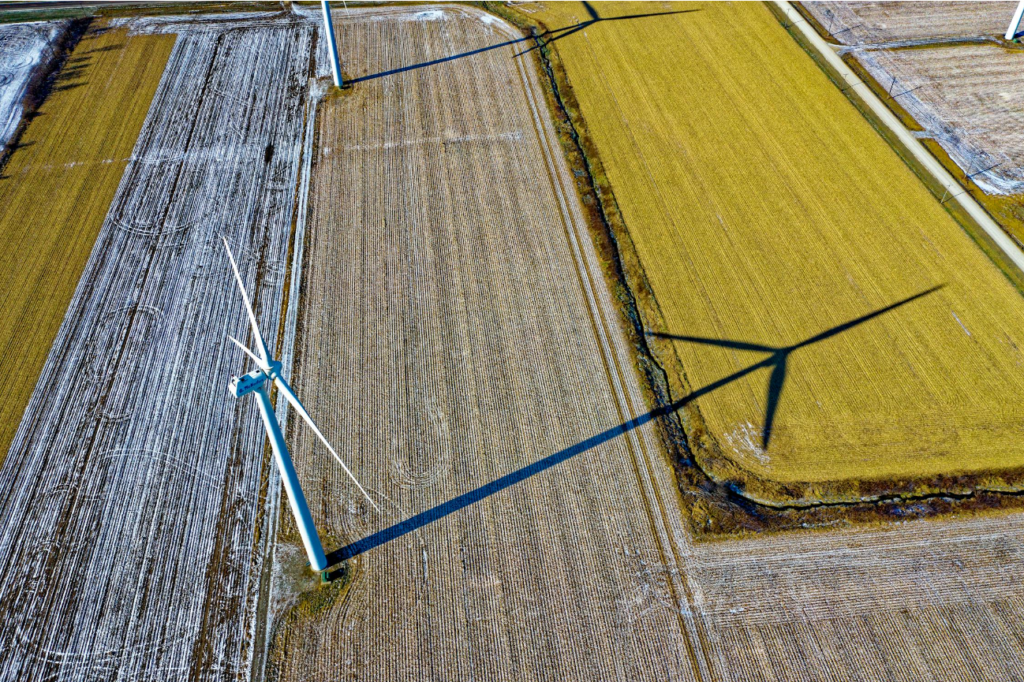The agriculture industry is a cornerstone of the American economy, providing food, raw materials, and employment to millions. White House administrations, through their policies and priorities, significantly influence this vital sector. The impact of these administrations can be observed through changes in regulatory frameworks, trade policies, technological advancements, and environmental guidelines.
Regulatory Frameworks and Subsidies
One of the most direct ways an administration impacts agriculture is through regulatory frameworks and subsidies. These can dictate what crops are grown, how they are cultivated, and the financial viability of farming. For instance, the Farm Bill, which is updated approximately every five years, plays a crucial role in shaping agricultural policy. It includes provisions on commodity programs, crop insurance, conservation, and nutrition programs. Different administrations prioritize various aspects of the Farm Bill based on their agendas.
For example, during the Obama administration, there was a significant emphasis on conservation and sustainable agriculture practices. The administration expanded programs that promoted soil health, water quality, and habitat conservation. Conversely, the Trump administration focused more on deregulation, aiming to reduce the bureaucratic burden on farmers and increase production efficiency. The Biden administration has placed a renewed focus on sustainability and climate resilience in agriculture, reflecting broader environmental goals.
Trade Policies

Trade policies enacted by White House administrations have a profound impact on the agriculture industry. The United States is a major exporter of agricultural products, and trade agreements can either open up new markets or impose restrictions that hurt farmers.
The North American Free Trade Agreement (NAFTA), implemented during the Clinton administration, significantly boosted agricultural trade between the U.S., Canada, and Mexico. More recently, the U.S.-Mexico-Canada Agreement (USMCA), which replaced NAFTA under the Trump administration, aimed to modernize trade relations and included specific provisions for agricultural trade, such as improved market access for dairy and poultry products.
Trade wars and tariffs also play a critical role. The trade war with China during the Trump administration saw the imposition of tariffs on a range of agricultural products, leading to a significant drop in exports and financial strain on American farmers. To mitigate these impacts, the administration introduced substantial subsidy packages to support affected farmers. The Biden administration has sought to de-escalate trade tensions and negotiate more stable trade relationships, which has implications for long-term agricultural exports.
Technological Advancements

White House administrations influence the agriculture industry through their stance on research and development. Investments in agricultural research can lead to technological advancements that increase productivity, sustainability, and resilience.
The Obama administration was notable for its support of the Agricultural Research Service and initiatives like the Climate Hubs. These initiatives aimed to provide farmers with the tools and knowledge to adapt to changing climate conditions. The Trump administration, while cutting some research budgets, emphasized biotechnology and the deregulation of genetically modified organisms (GMOs). This promoted GMOs use to increase crop yields and resistance to pests and diseases.
The Biden administration has placed a significant focus on innovation and technology in agriculture as part of its broader climate agenda. This includes promoting precision agriculture technologies that use data analytics and automation to optimize farming practices, reduce environmental impact, and enhance productivity.
Environmental Guidelines

Environmental policies introduced by White House administrations can either impose new regulations or relax existing ones, with substantial effects on the agriculture industry. These policies address issues such as water use, pesticide application, and greenhouse gas emissions.
The Obama administration introduced the Clean Water Rule, which expanded the scope of water bodies protected under the Clean Water Act, affecting how farmers could use water on their land. Later, the Trump administration, which aimed to reduce federal oversight and give states more power, rolled back this rule. The Biden administration is revisiting these environmental protections, aiming to strike a balance between agricultural productivity and environmental sustainability.
The agriculture industry in the United States is deeply intertwined with the policies and priorities of White House administrations. Through regulatory frameworks, trade policies, technological advancements, and environmental guidelines, these administrations shape the landscape of American agriculture. As each administration has its own vision and priorities, the agriculture industry must continuously adapt to new challenges and opportunities, ensuring that it remains a resilient and vital part of the American economy.




